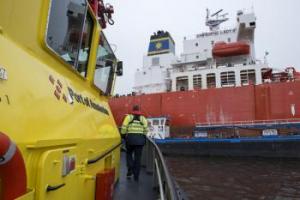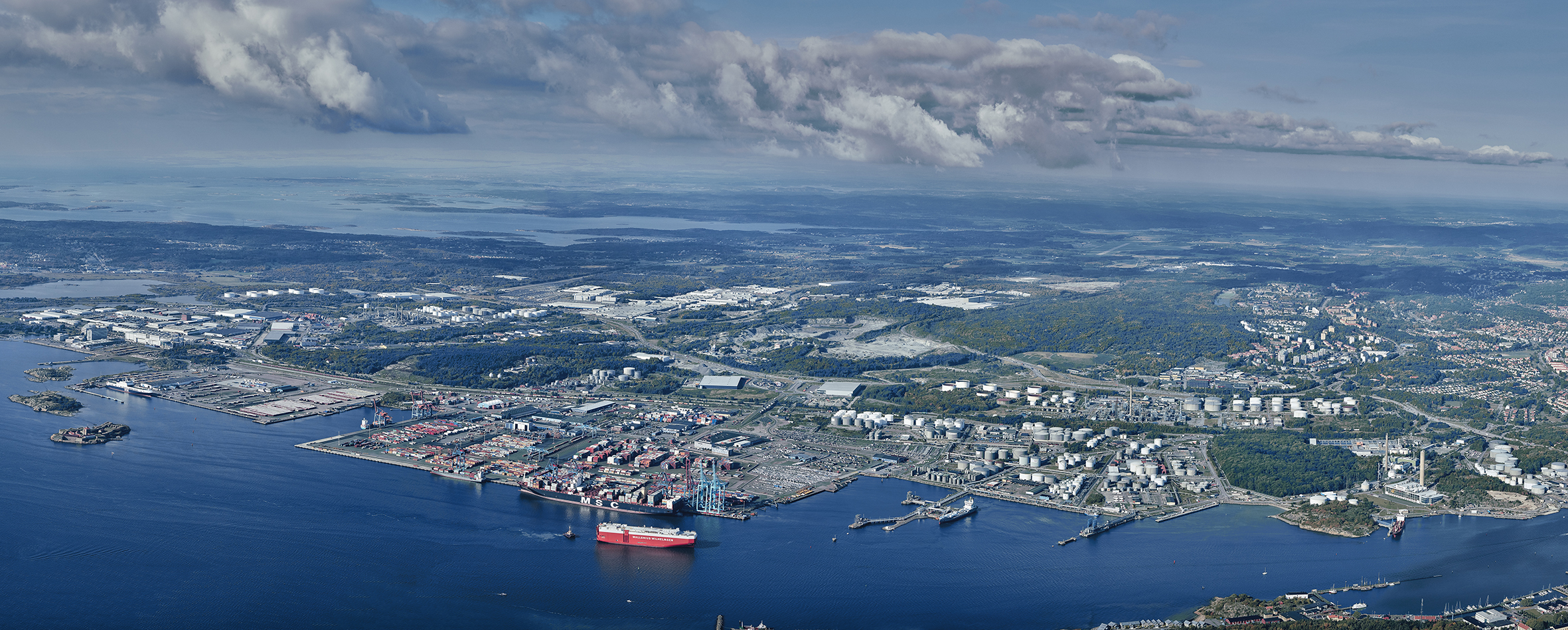Harbour Master
Harbour Masters
Worldwide there are approximately 3,000 merchant ports and the work of the Harbour Master can vary widely from country to country and from port to port even within the same country.


Thursday 27 - Friday 28 June 2019
How and with who will the ship of the future communicate?
This is the question that industry, ship owners and managers, ports, nautical service providers, university and research projects will seek to answer in this biennial EHMC seminar. The day will include live demonstrations of industry products and a visit by boat within the Port of Gothenburg that will also take us around the harbour area.
Speakers;
Antonio Di Lieto, Carnival CSMART, Port data in ENC’s for port passage planning
Amund Gjersøe, Kongsberg Norcontrol, Manned and un-manned sailing together in the port
Michael Baldauf, World Maritime University, Hochschule Wismar, Will the future of shipping be based ashore?
Diego de la Calle, Inmarsat, Satellite connectivity and IoT solutions for ship and shore digitalization
Astrid Dispert, IMO, Just in Time arrival in ports
Ben van Scherpenzeel, IHMA Project Officer Nautical Port Information, Step by step port data development
Johan Hartler, Chalmers University of Technology, Education and competences in future nautical professions
Daniel Johannesson, Svitzer; Remote controlled tugs
Per Anders, STM, Sea Traffic Management; Demonstration of the end-results of the STM EU project, such as the sharing of voyage plans on 300 vessels
Antonio di Lieto, Carnival; Port risk assessments for ports; does the risk perception of the cruise industry match with the risk profile that you have in mind for your port?
Jan Gardeitchik, Port of Rotterdam; The digital port: digital tools to help harbour masters to optimize their port call.
Tony Brown, Per Osterberg, ChartCo; Navigation and compliance solutions, on board and ashore, to support ships to comply with legislation in ports
Jonathan Lewis, UKHO; ‘The last nautical mile’; UKHO’s new Marine Data Portal and AVCS online, bringing ship based information ashore
Siebe Rooijakkers, Damen Shipyards; The Euroyards project; standardization and data exchange of ship data
Wednesday 26 June 2019; informal meeting point; Comfort Hotel, 20.00
Thursday 27 June 2019; seminar, venue Comfort Hotel, 8.30 - 17.00
Thursday 27 June 2019; boat trip and dinner, 19.00 - 22.00
Friday 28 June 2019; technical visit, 9.00 - 11.30
Comfort Hotel Gothenburg has preferential rates until 27 May. Please use booking code 006378; co.goteborg@choice.se or +46 31-752 28 00.
For further details please contact the EHMC Secretary, romers.ehmc@harbourmaster.org
The International Harbour Masters Association (IHMA) and the Port of Rotterdam Authority are pleased to announce the 15th International Harbour Masters Association Congress, to be held from 09–12 June 2026 at Theater Zuidplein in Rotterdam.
Naresh Sewnath, Senior Harbour Master at Transnet National Ports Authority (TNPA) in South Africa’s Port of Durban, began his maritime career back in 1988. He started out as a cadet with TNPA (then known as South African Transport Services (SATS).
Pharetra lectus vitae elit sollicitudin, ut commodo tellus dapibus. Sed pellentesque quis enim faucibus laoreet. Aliquam eleifend sagittis augue, pellentesque purus.
Join the world’s premier professional body for harbour masters and receive up-to-date information on the industry and access to the members' area of the website.